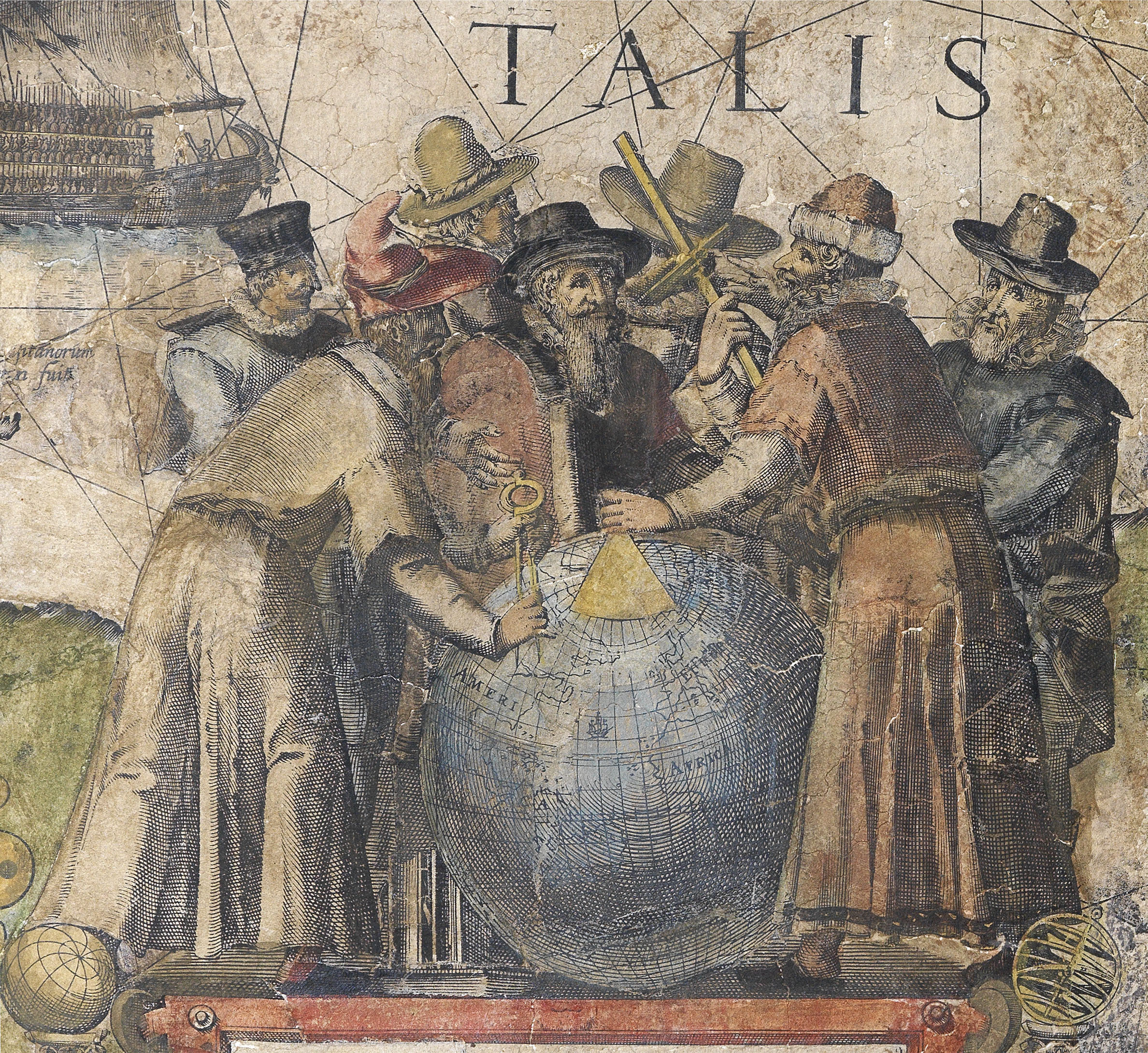Jean Baptiste Bourguignon D'anville
(1697 - 1782)

Born in Paris, and not known to have travelled abroad, Jean Baptiste Bourguignon D’Anville started working for Louis Du Four de Longuerue, a specialist in the classics and oriental languages, in 1718. Soon, he was appointed geographer to Louis XV, and acted as tutor and subsequently secretary to Louis-Philippe, Duc de Orleans (1747-1793).
Jean Baptiste Bourguignon D’Anville was elected to the Académie des Inscriptions et Belles-Lettres and Académie des Sciences in in 1754 and 1773 respectively. His membership of the academies recognised the scholarship behind his work, in particular his determination to perfect the art of geography and hydrography in its service to the state, and include only what had been empirically verified on his maps, and so include a large proportion of blank spaces. In effect, this erased from his maps of foreign lands, evidence of other ethnic identities; the blank spaces offering “a promise of free and apparently virgin land—an empty space for Europeans to partition and fill” (J.B. Harley).
The Jesuit order in Paris selected Jean Baptiste Bourguignon D’Anville to publish maps of China prepared by their missionaries to accompany Jean-Baptiste du Halde’s account of the country. He was provided with the Jesuit testimonies and also with the maps created from their reports by the Chinese government in 1718. He used this information to create the most comprehensive survey of China published in the eighteenth century, and the first new set of maps of the area since the Blaeu and Martini atlas of the previous century.
Along with the other brightest minds of his day, d’Anville contributed to Denis Diderot’s Encylopedie, writing articles on geographical topics. During his lifetime, Jean Baptiste Bourguignon D’Anville produced more than two hundred maps of his own and amassed a vast collection of maps, which endowed the Bibliotheque nationale de France after his death.
 地图
地图  地图集
地图集  珍本
珍本  版画
版画  天文仪器
天文仪器 






